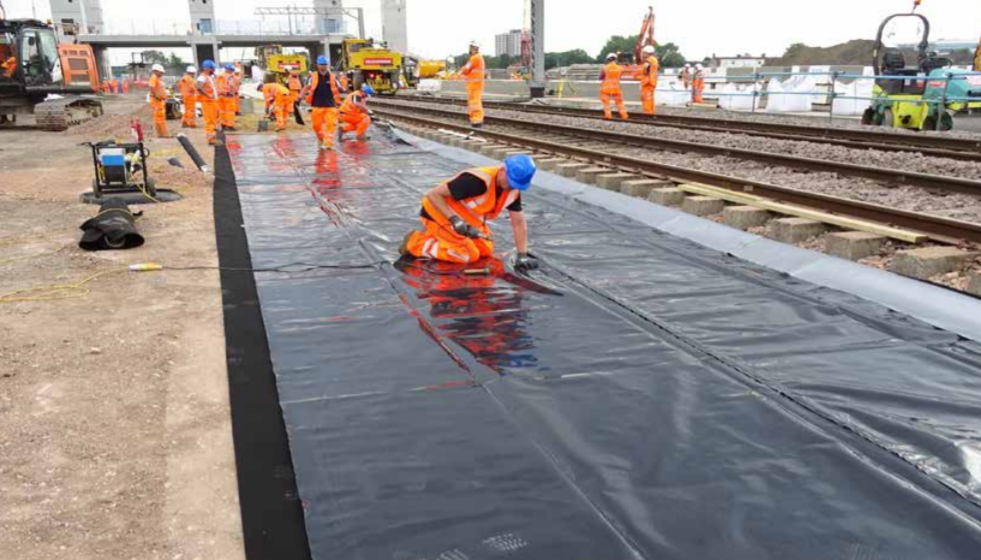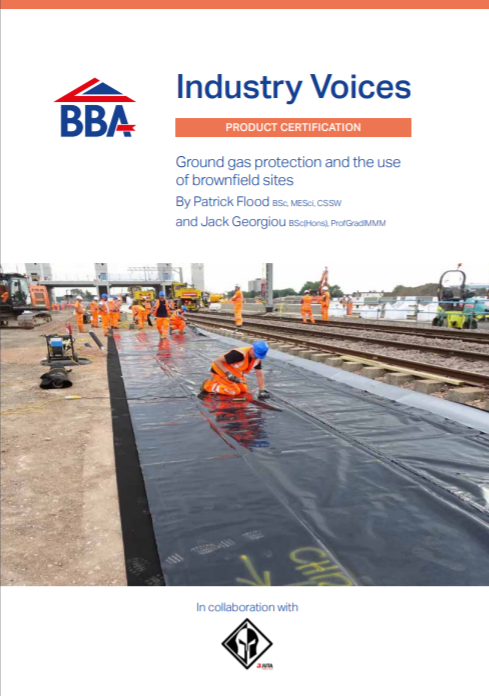INDUSTRY VOICES: Ground gas protection and the use of brownfield sites
Are you planning properly for the future?
With the ever-increasing demand for new houses and the ever-decreasing availability of suitable greenbelt land, developers are looking to reclaim previously used land, utilising the space beneath our feet with basement constructions. This has led to an increase in competition for the sourcing and use of brownfield sites which are popular candidates for land development. These sites can present challenges in the form of ground pollutants, particularly in a densely populated country like the UK and our industrial heritage.
These aggressive ground conditions present issues with durability of ‘standard’ construction materials used in the built environment, which are more often than not only tested and proven to survive favourable ground conditions. As our understanding of material science increases, so does our knowledge of the long-term effects on human health from exposure to contaminants. These contaminants can be carcinogenic; therefore it becomes more important to future proof our , later, residents who live on these sites.
Read our latest Industry Voices publication below
Share This Story, Choose Your Platform!
Related News
INDUSTRY VOICES: Ground gas protection and the use of brownfield sites
Are you planning properly for the future?
With the ever-increasing demand for new houses and the ever-decreasing availability of suitable greenbelt land, developers are looking to reclaim previously used land, utilising the space beneath our feet with basement constructions. This has led to an increase in competition for the sourcing and use of brownfield sites which are popular candidates for land development. These sites can present challenges in the form of ground pollutants, particularly in a densely populated country like the UK and our industrial heritage.
These aggressive ground conditions present issues with durability of ‘standard’ construction materials used in the built environment, which are more often than not only tested and proven to survive favourable ground conditions. As our understanding of material science increases, so does our knowledge of the long-term effects on human health from exposure to contaminants. These contaminants can be carcinogenic; therefore it becomes more important to future proof our , later, residents who live on these sites.
Read our latest Industry Voices publication below
Share This Story, Choose Your Platform!
Related News
Get in touch
Please complete the form below and we will contact you as soon as possible.
To help us to respond to your inquiry as quickly as possible, we have put a handy list of our services below.



